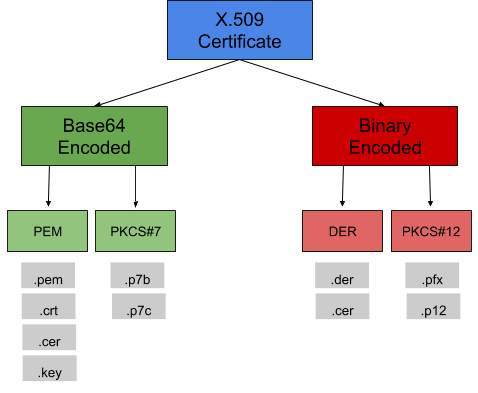Studying Cybersecurity - How to Learn New Concepts

Learning cybersecurity or any "specialty" within IT can be challenging. Whether you're a Sysadmin, Security Analyst, Network Engineer, or Database Administrator, there's a lot of learning involved. So how do you get started? And what can help you along? There are two concepts that I often find myself coming back to: Black Boxes and Elephants. Black Boxes - Focusing on What's Important When I'm learning something I frequently ask why or how. I usually have to ask (and find out) or I have trouble focusing on the actual subject I'm trying to learn. As you can imagine, this can be both a good and bad thing. Go too far down the rabbit hole? You've lost your way and have become distracted. Be inquisitive and learn some of the details behind new concepts? Now you have a deeper understanding of a topic. This is where Black Boxes come in. Try to recognize when you've strayed too far from the original path, mark it for later reading, and let that area func...






